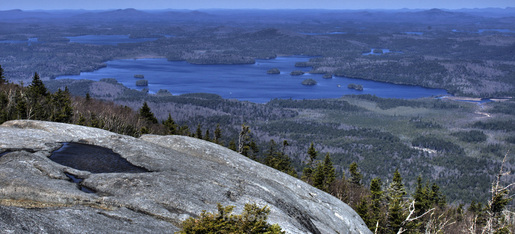
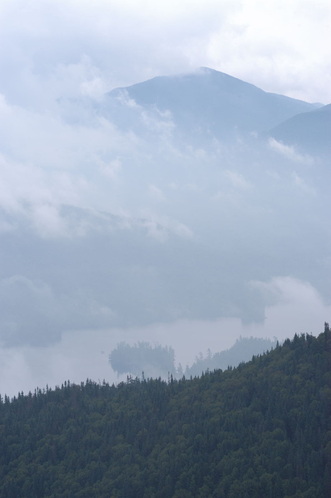
Flash forward to this April when, for my birthday, I hiked up Ampersand Mountain with my great nephew and niece aged 10 and 9. Now I have a GPS with a built in altimeter. How did we determine when to take breaks? I told them we'll take a break when we travel 1.5 miles or gain 400 feet in elevation whichever comes first. We didn't take a break on the approach until we hiked 1 and a half miles. Then we started taking much more frequent breaks as we gained elevation quickly. It worked great... We'll at least the rest breaks worked great. Late season ice prevented us from summiting but that's a story for another time.
BOTTOME LINE: Take breaks BEFORE you get tired. You want to have a reserve of energy in case you run into an emergency situation. Use time, distance, and elevation gain to help determine when to take a break.
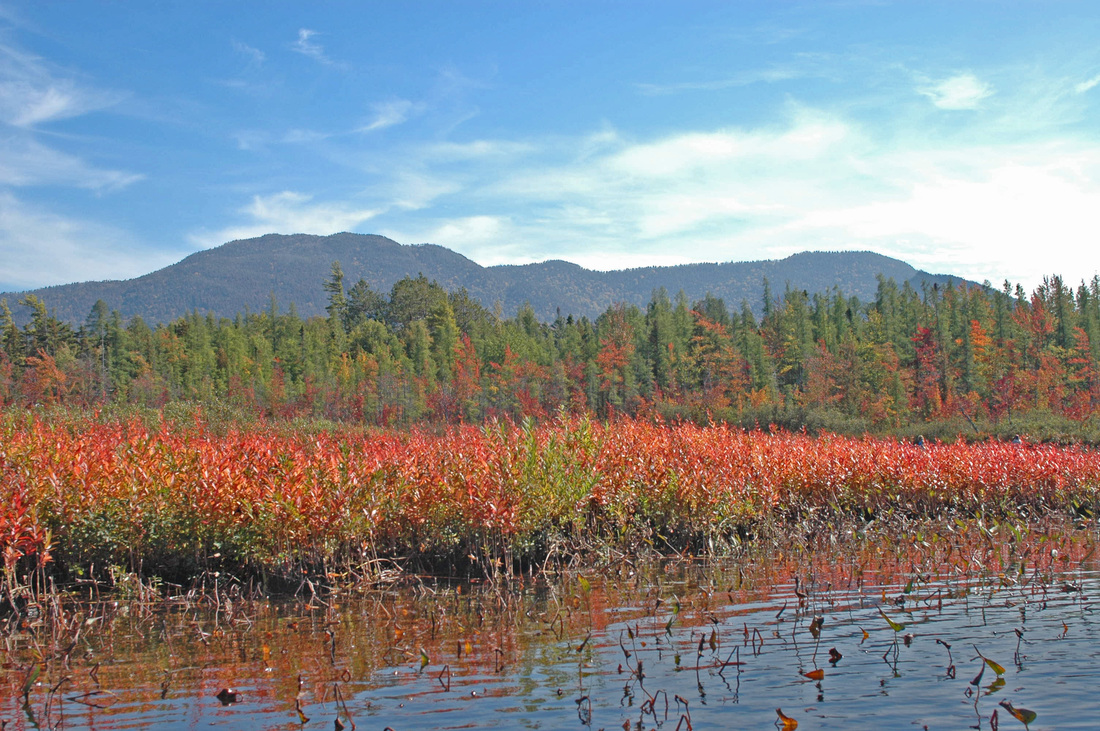

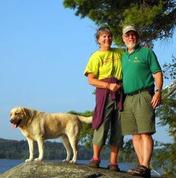
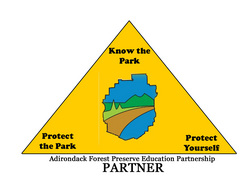
 RSS Feed
RSS Feed
